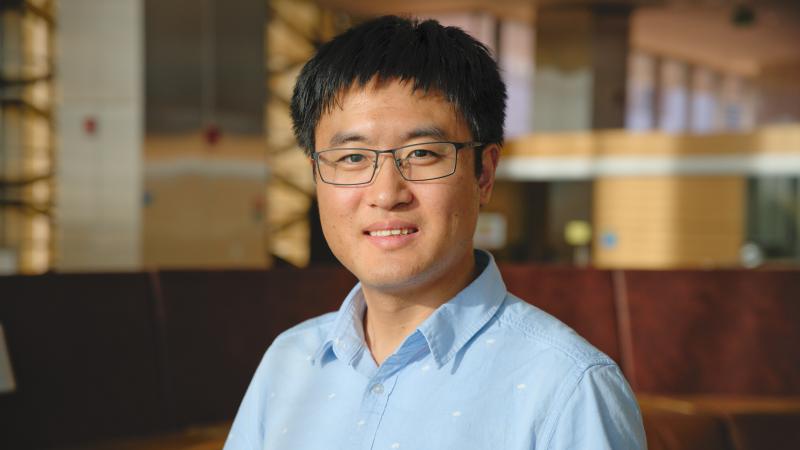Three-dimensional (3D) computed tomography is a widely used technology that visualizes an object's external and internal structure by assembling a series of two-dimensional images taken sequentially across or around it. However, as anyone who has had a medical magnetic resonance imaging scan will recall, this type of 3D reconstruction requires the subject to be motionless throughout the capture process, which can take minutes. Capturing a 3D structure that changes or deforms over time is much more difficult, and existing approaches often yield reconstructions marred by image artifacts and partial surfaces.

Guangming Zang, Ramzi Idoughi and their colleagues, under the leadership of Wolfgang Heidrich at KAUST, have developed a novel four-dimensional imaging method that vastly improves the quality of such space-time tomography for rapidly deforming objects.
Read the full article



